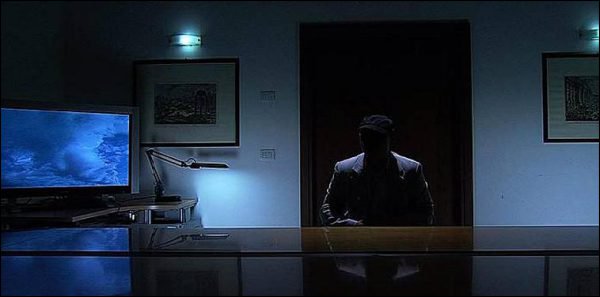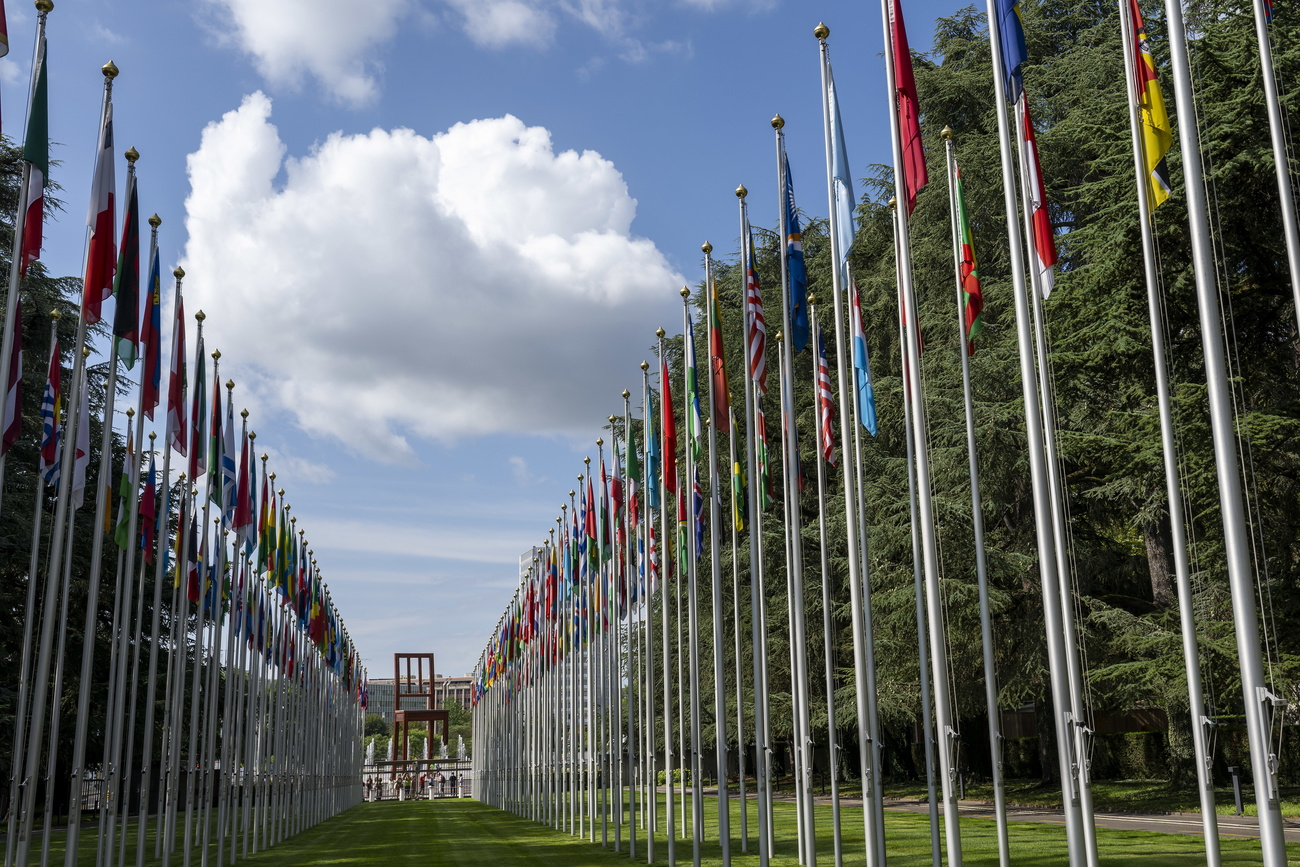
Chur chic? Trendy Wallpaper says so

The people of Chur are trying to recover from the shock of being named an "urban haven" by the popular London-based lifestyle magazine, Wallpaper.
“The reaction in town was crazy,” says Peter Laube, director of Chur Tourism. “Everybody always thought of Chur as being nice but not very trendy and most of the reaction came from outside the city. I have received a lot of calls from the foreign press.”
In Chur, Switzerland’s oldest town, the notoriety is one of the more exciting developments in the recent history of the 3,000 year-old-town.
Urban haven
The foreign press, like this journalist, have been responding to the one-paragraph write up, with picture, of four small cities crowned “urban havens”.
“Chur is famous for its well-preserved centre,” Wallpaper says in its January/February edition, “and the fact that it is the capital of the canton that houses the holy trinity of winter sports; St Moritz, Davos and Klosters.”
Wallpaper also says that despite its small population (34,000), Chur functions as “a cultural and shopping centre all year round”, and was joined on the list of urban havens by three other relatively unknown places; Byron Bay in Australia, the Canadian town of Nelson and Belgium’s Leuven.
“All these cities have everything you need; good shopping, restaurants, theatres, government services,” Laube says. “Chur is the largest place to go shopping between Zurich and Milan, if you are travelling over the San Bernardino Pass.”
But did Wallpaper really say all that can be said about Chur in its brief 61-word description?
There’s no mention that the best and most interesting shops, boutiques and cafes are found in the car-free lanes of the old town.
Red and green footsteps criss-cross the cobblestones here, leading visitors to the town’s many historical and architectural gems.
The red ones take in the 13th century Cathedral and Bishop’s residence and pass through the tower housing the Canon’s Inn. The latter is also owned by the powerful bishop, so anyone choosing to dine here, are advised to say his or her prayers before the meal.
A more popular meeting place with Chur’s in crowd and potential Wallpaper subscribers is the “Räblüta”, which is on the green footprint trail and used to be the guild house for the town’s wine growers.
From stuffy to laid-back
The 30-year-old Thomas Solèr, who runs Räblüta, has ripped out the linoleum, put in simple, light-coloured furnishings and turned the stuffy establishment into a laid-back yet classy restaurant and hotel.
“We weren’t allowed to make any structural changes since it is a protected building,” says Solèr, known by everybody in town as Tom-Tom.
“We tried to find a symbiosis with modern tables and chairs. We wanted to highlight the difference between the two extremes.”
A smoker’s lounge shows that he has made the most of the structural qualities of the building by exposing the ceiling’s wooden beams and installing a fireplace.
Bold architecture
A regular customer at the Räblüta, and Wallpaper reader, is young architect, Maurus Frei.
“I was too late to buy the [Wallpaper] edition,” says Frei.
“I don’t think Chur is very trendy,” he says, dismissing Wallpaper’s accolades, “some people in Chur are trendy, but Chur as a city is not very trendy.”
After serving an apprenticeship under star Swiss architect, Peter Zumthor, who lives in Chur, Frei set out on his own, and is one of a new breed of local designers who are undaunted by Chur’s architectural traditions.
“If you run your own business, you have to do something different if you are going to succeed,” says Frei, only admitting in this way to a reason that could lead others to consider Chur fashionable.
Zumthor has set high standards for the likes of Frei by challenging conventional designs, turning Chur into a breeding ground for innovation.
He draped a bare wooden protective shell over the town’s Roman excavations. It replicates the dimensions of the original Roman building, without trying to recreate it.
Zumthor touch
He also remodelled the Villa Planta – on the green footprint trail – which houses Graubünden’s Fine Arts museum. A glass portal placed behind wooden bars painted metallic grey is the Zumthor touch here. Its clear lines add tension to the neo-renaissance building.
Wallpaper readers can exult in the vast collection of alpine landscapes in the museum, many painted close by the “holy trinity of winter sports”. Giacometti, Segantini, Kirchner – most of the big name artists are represented here.
“From Segantini [in the late 19th century] to today, the mountains are very important for painters,” explains museum director Beat Stutzer.
A temporary exhibition shows the work of a local artist who has taken single frames from web cams, retouching and enlarging them for display. Included is a series of video stills of Lake Sils in the Engadine.
“He’s a contemporary artist who can be compared to Segantini,” says Stutzer. “The whole tradition is here in this work.”
by Dale Bechtel

In compliance with the JTI standards
More: SWI swissinfo.ch certified by the Journalism Trust Initiative








































You can find an overview of ongoing debates with our journalists here . Please join us!
If you want to start a conversation about a topic raised in this article or want to report factual errors, email us at english@swissinfo.ch.